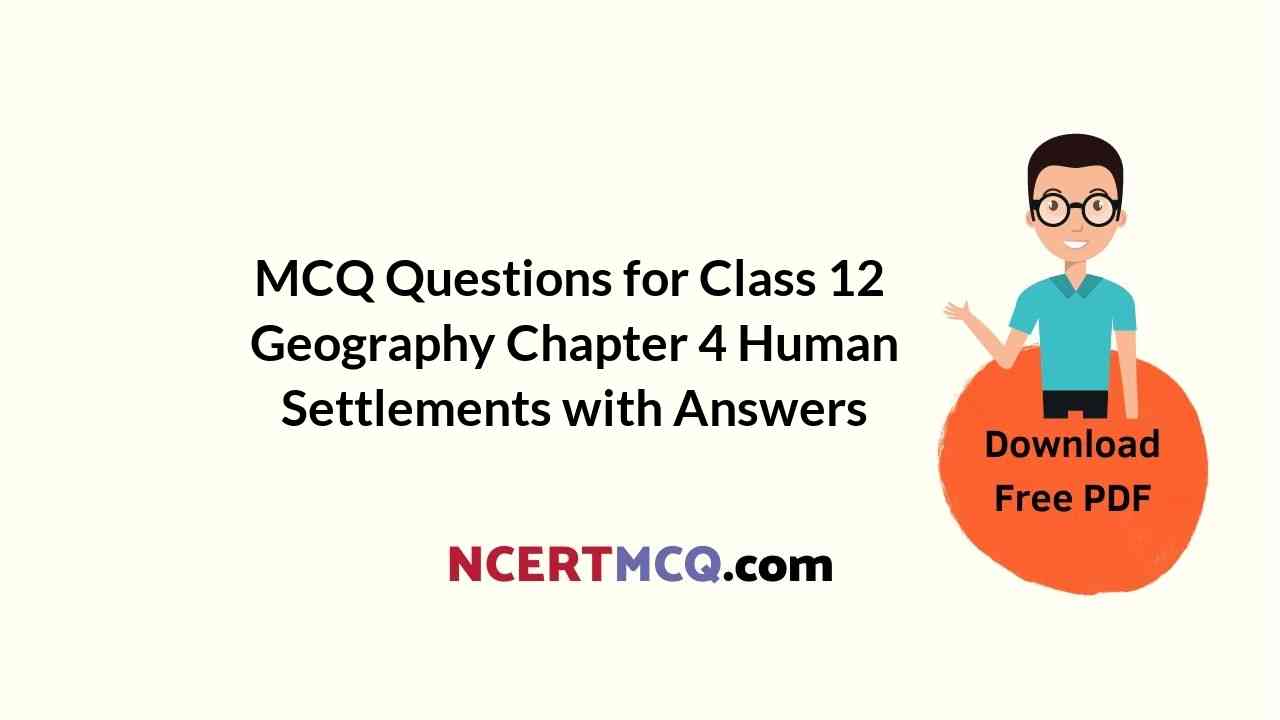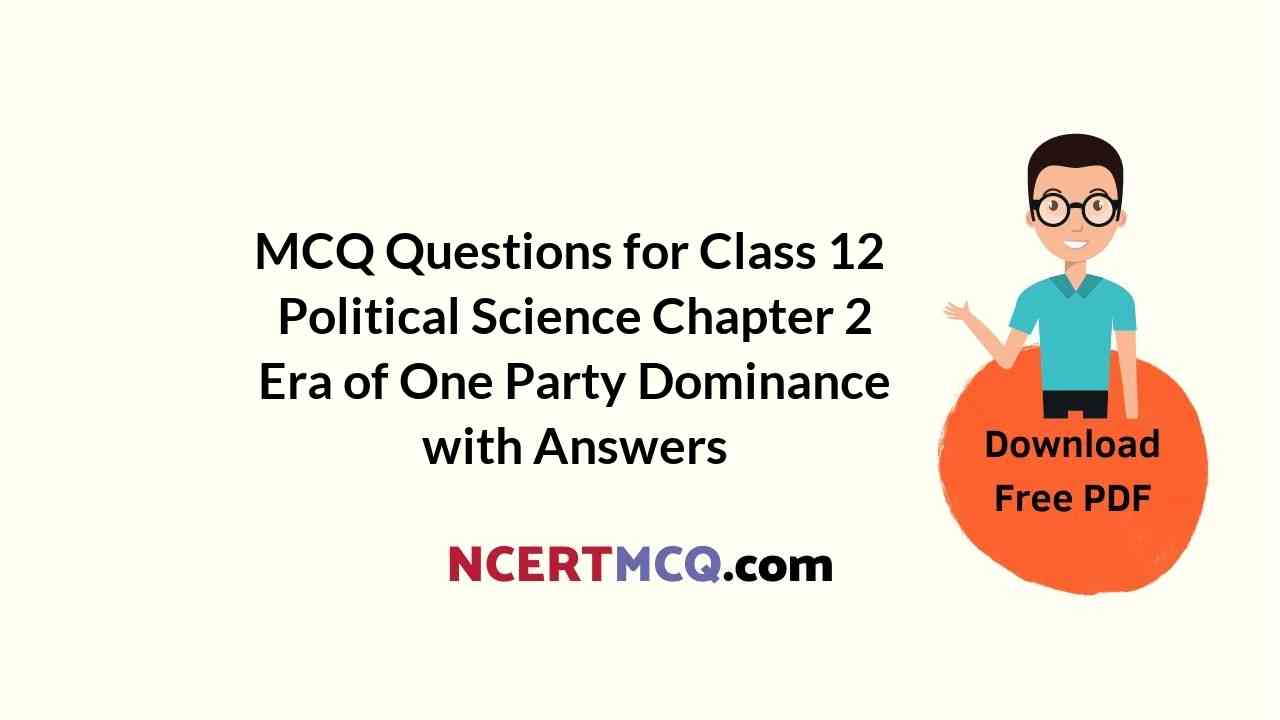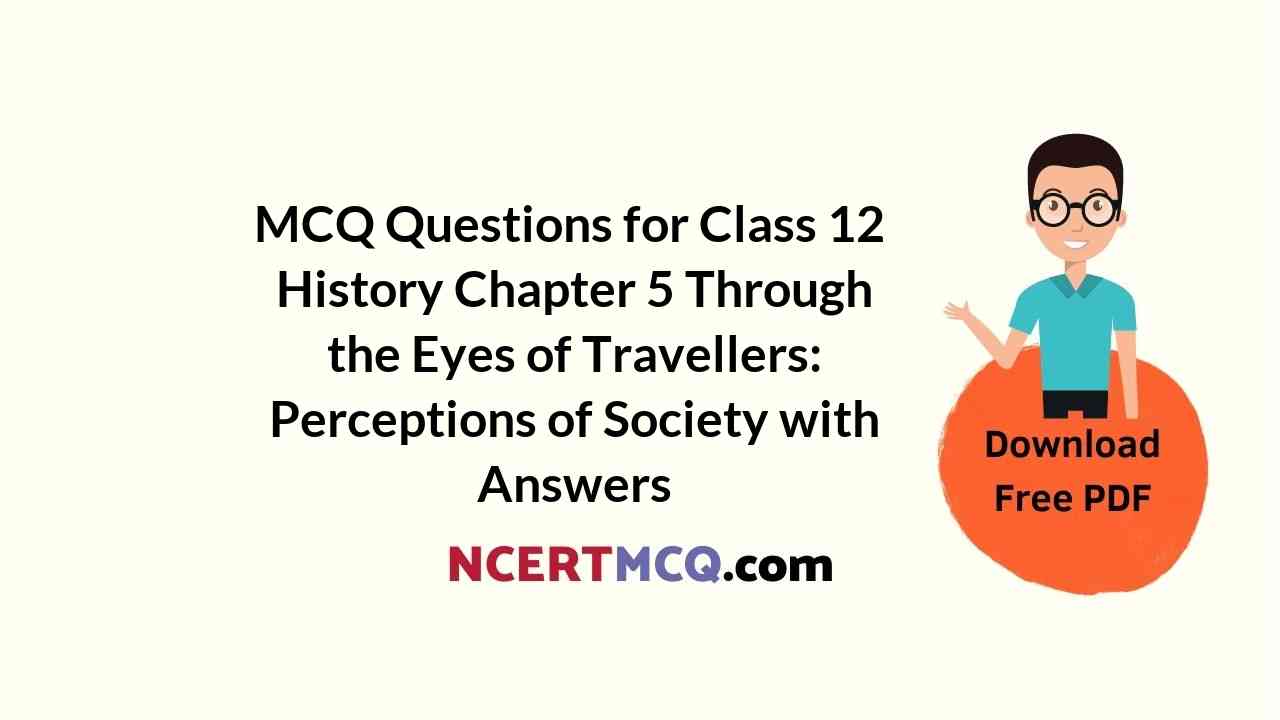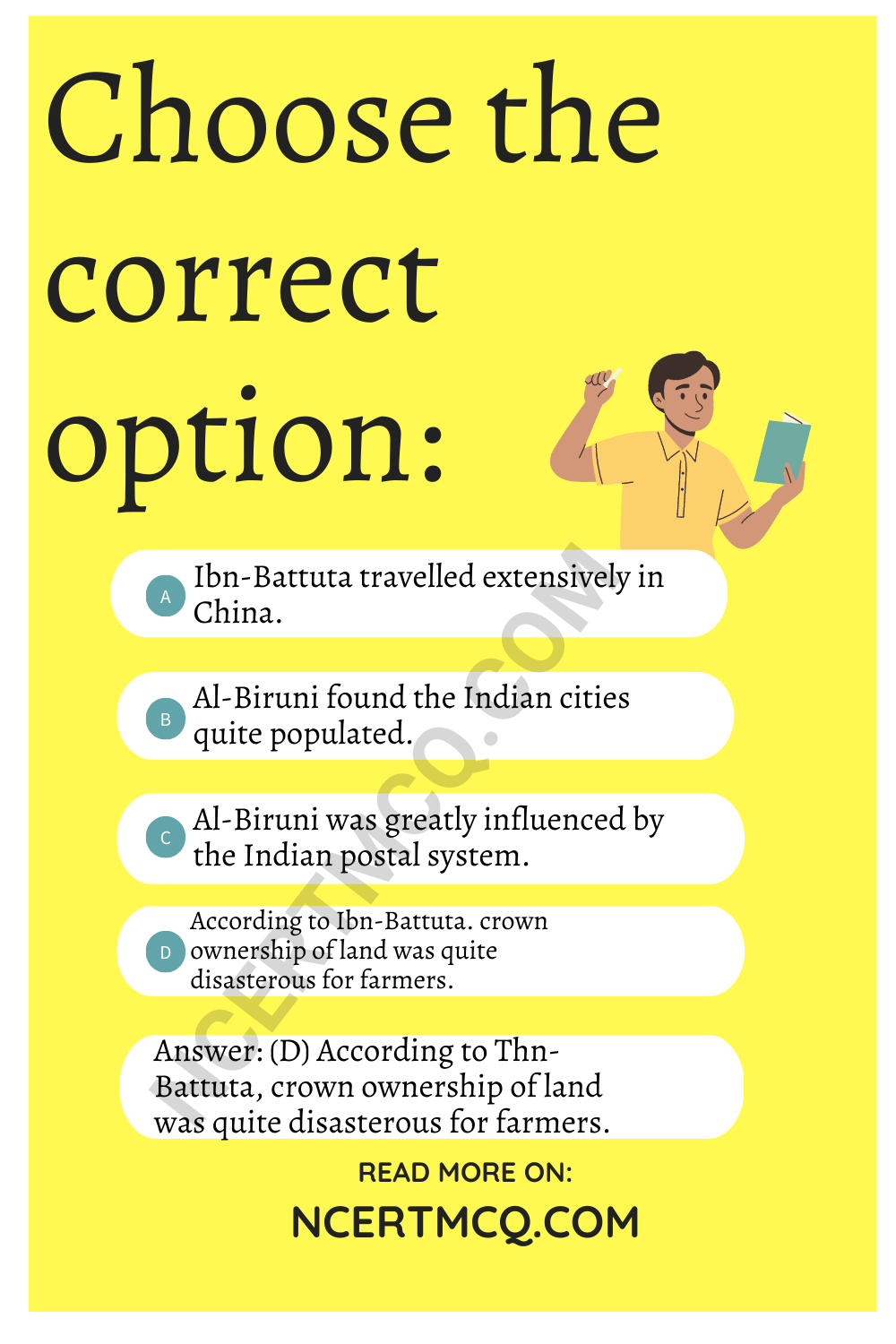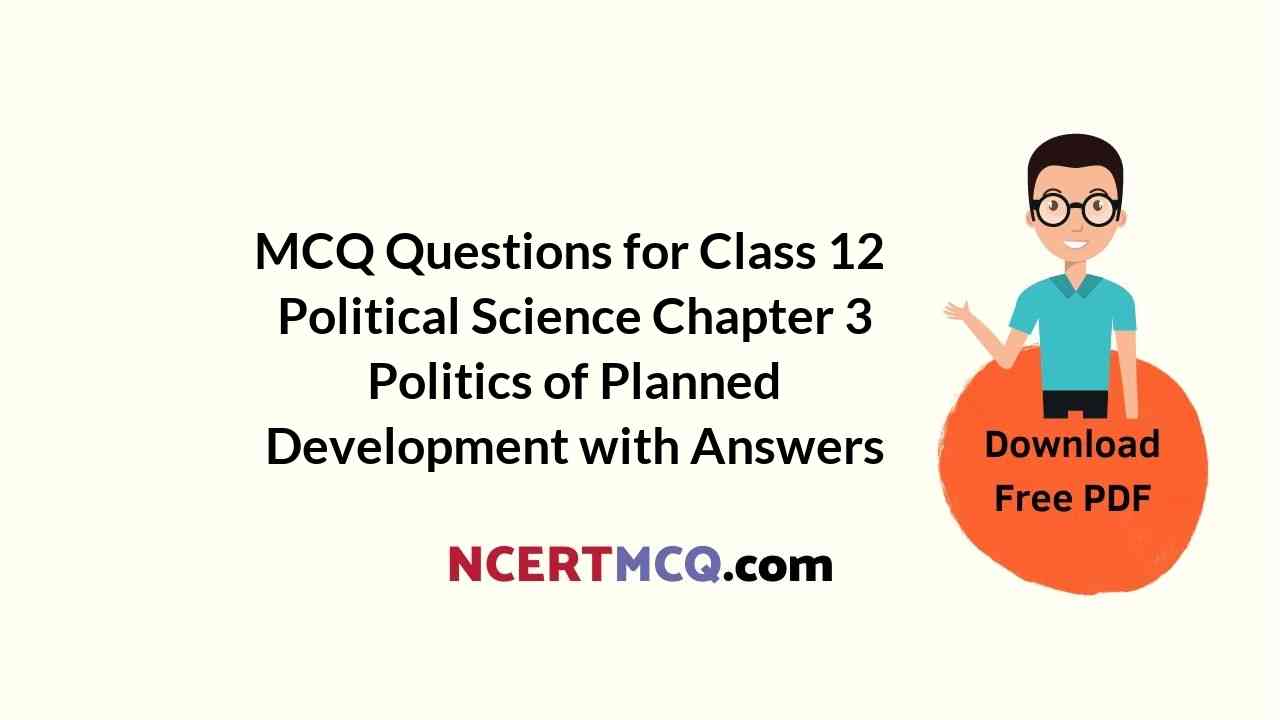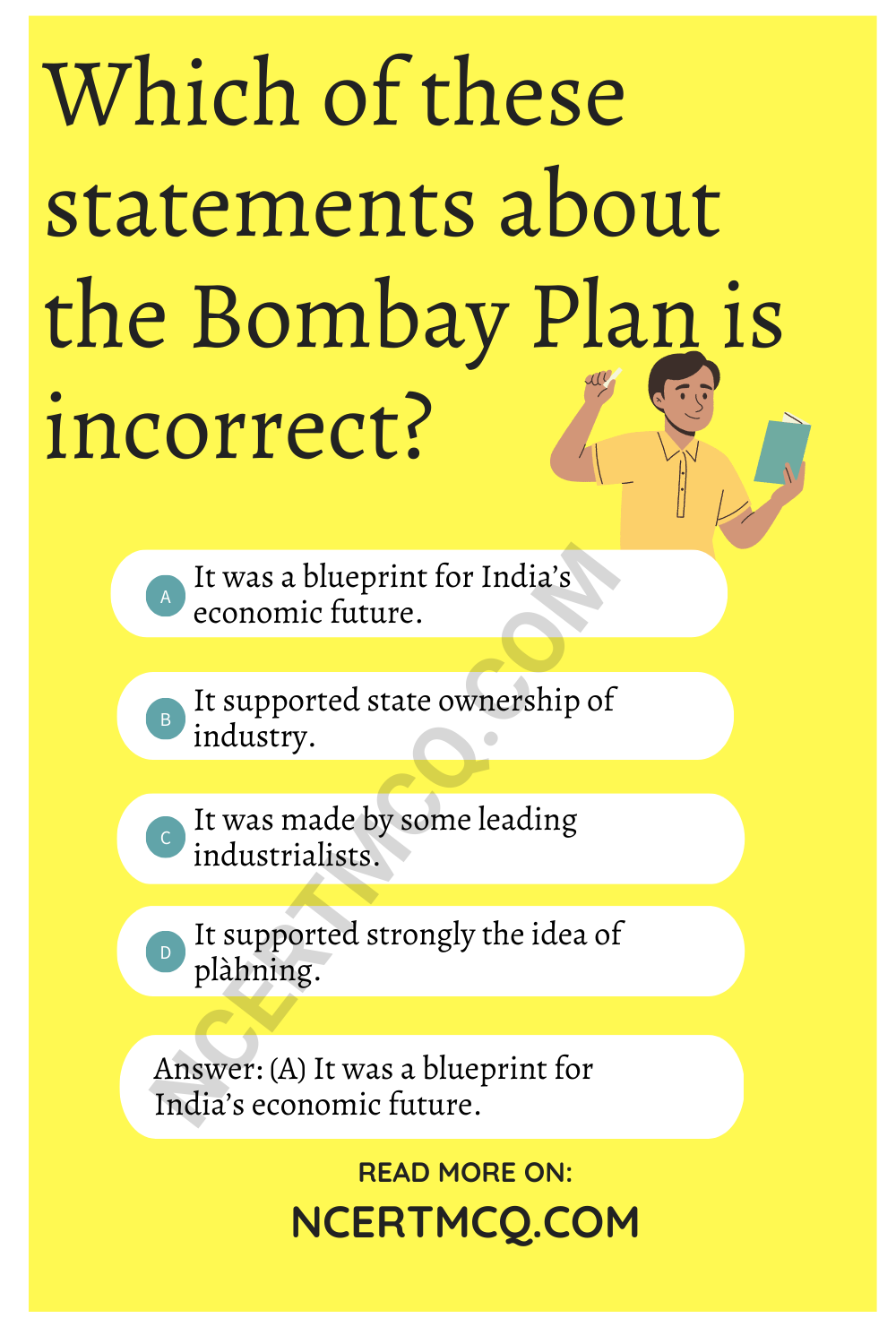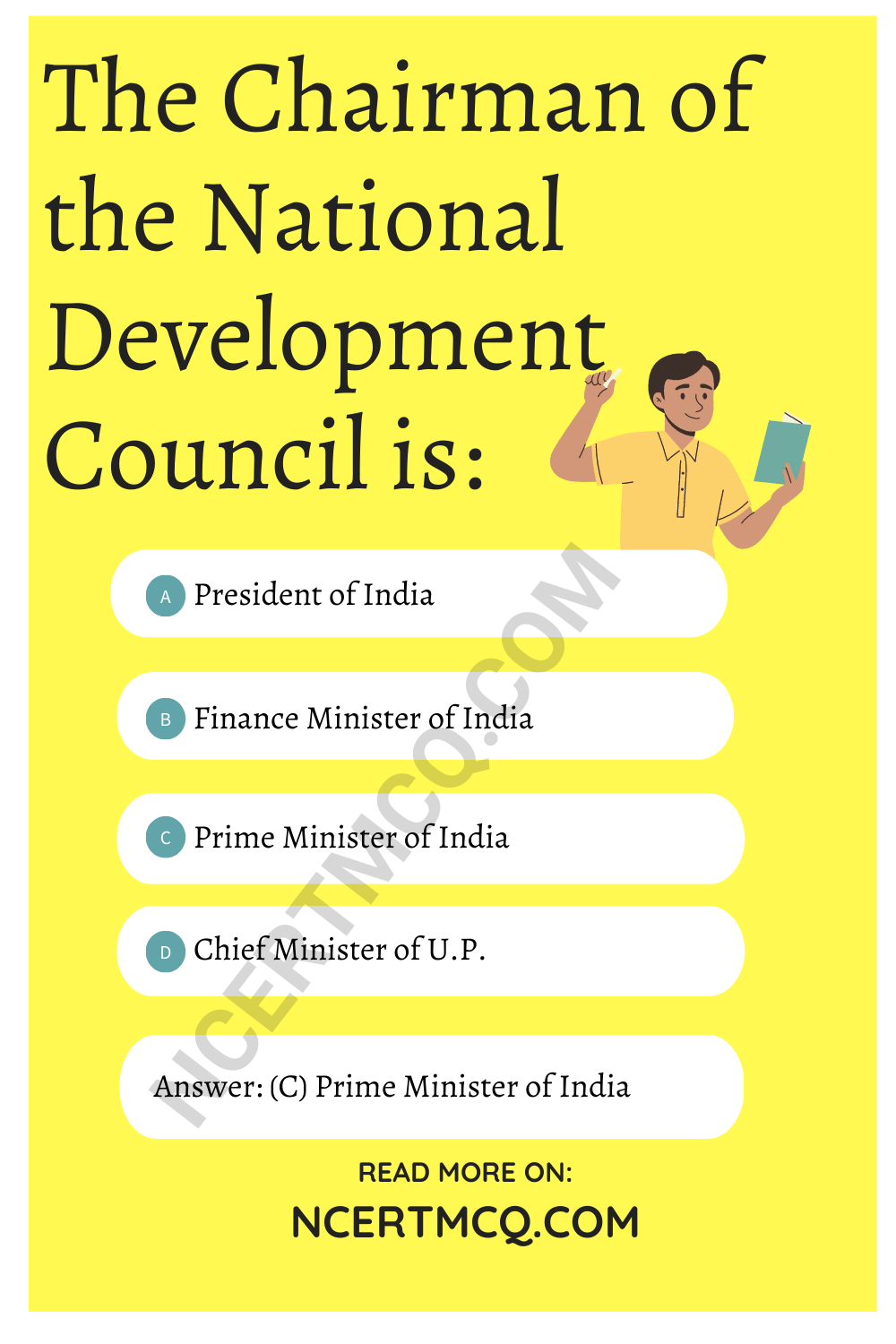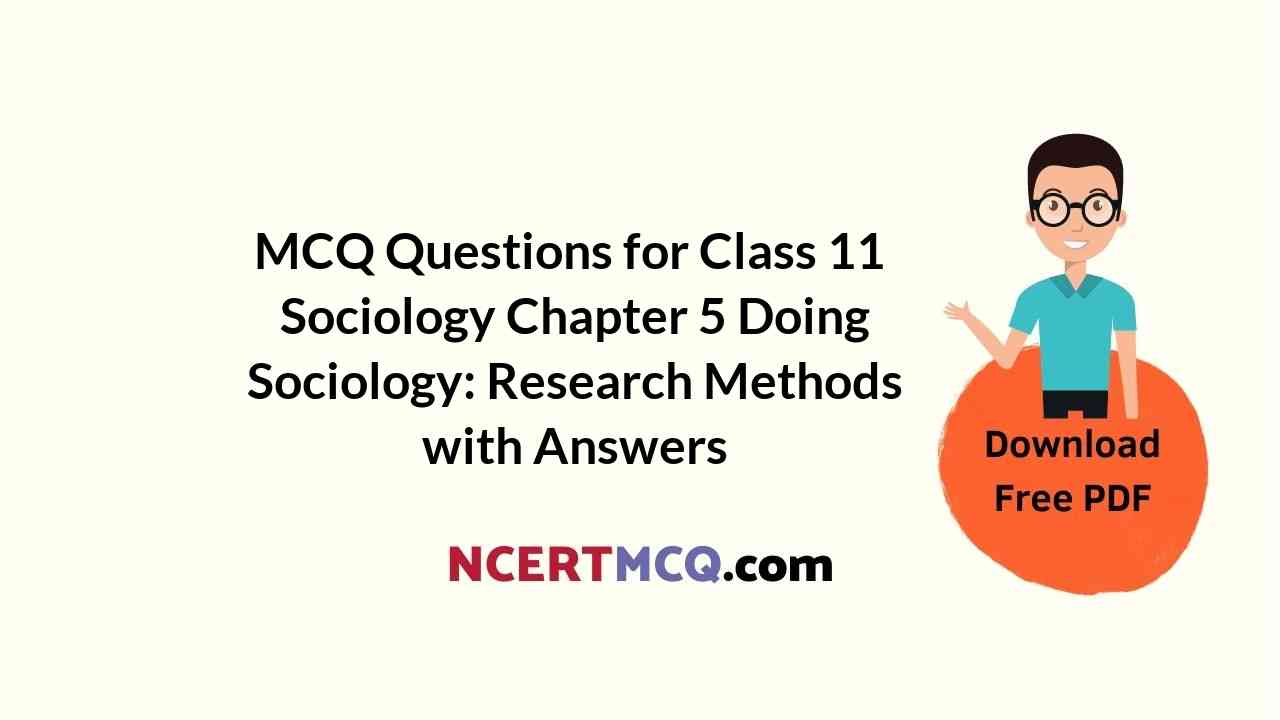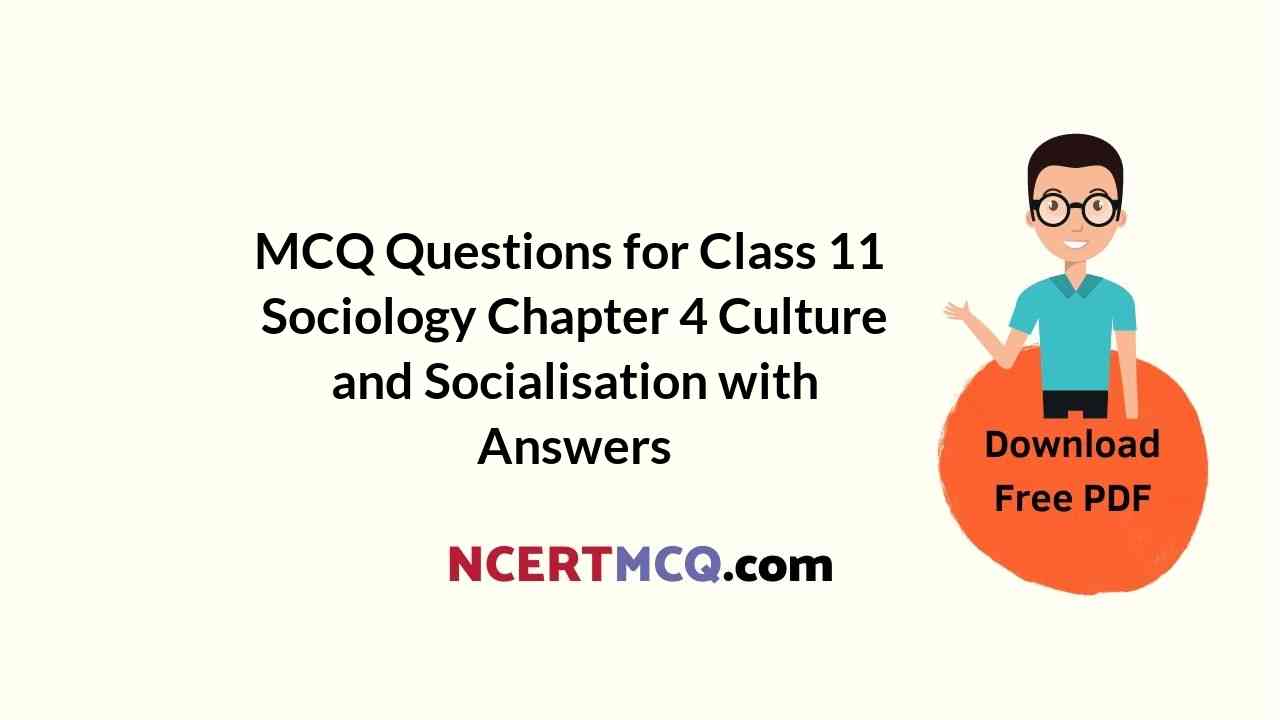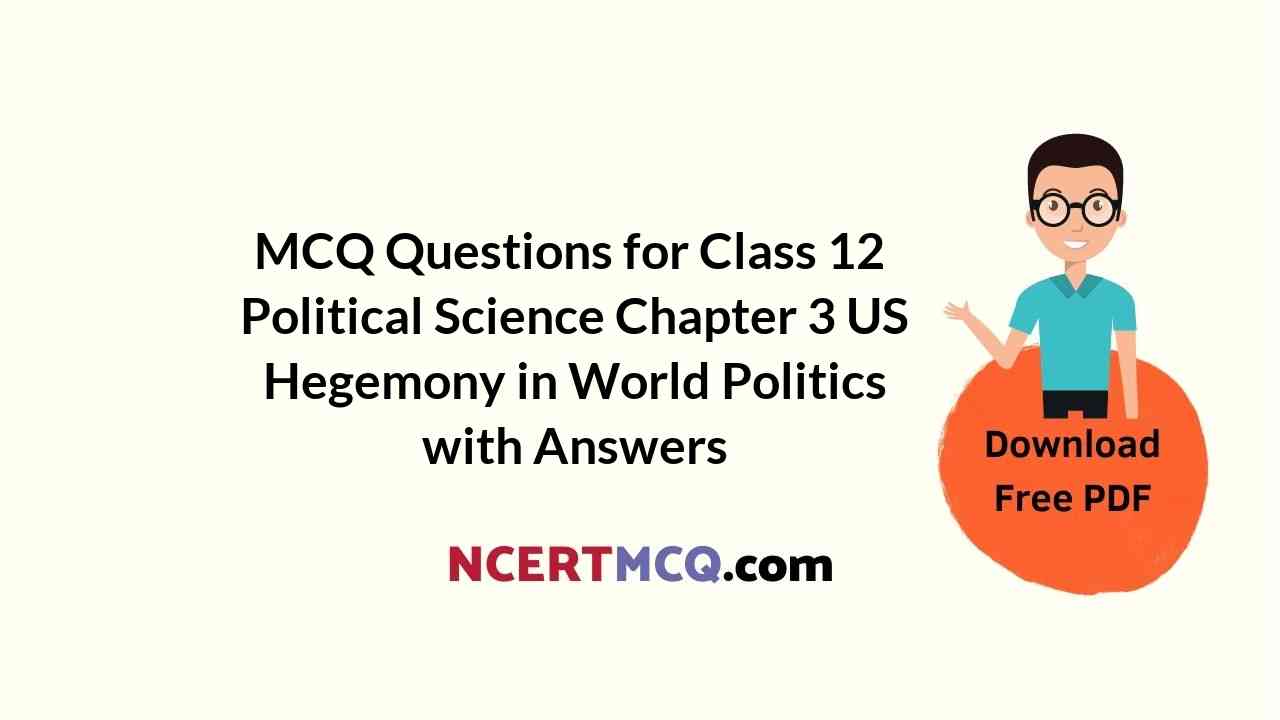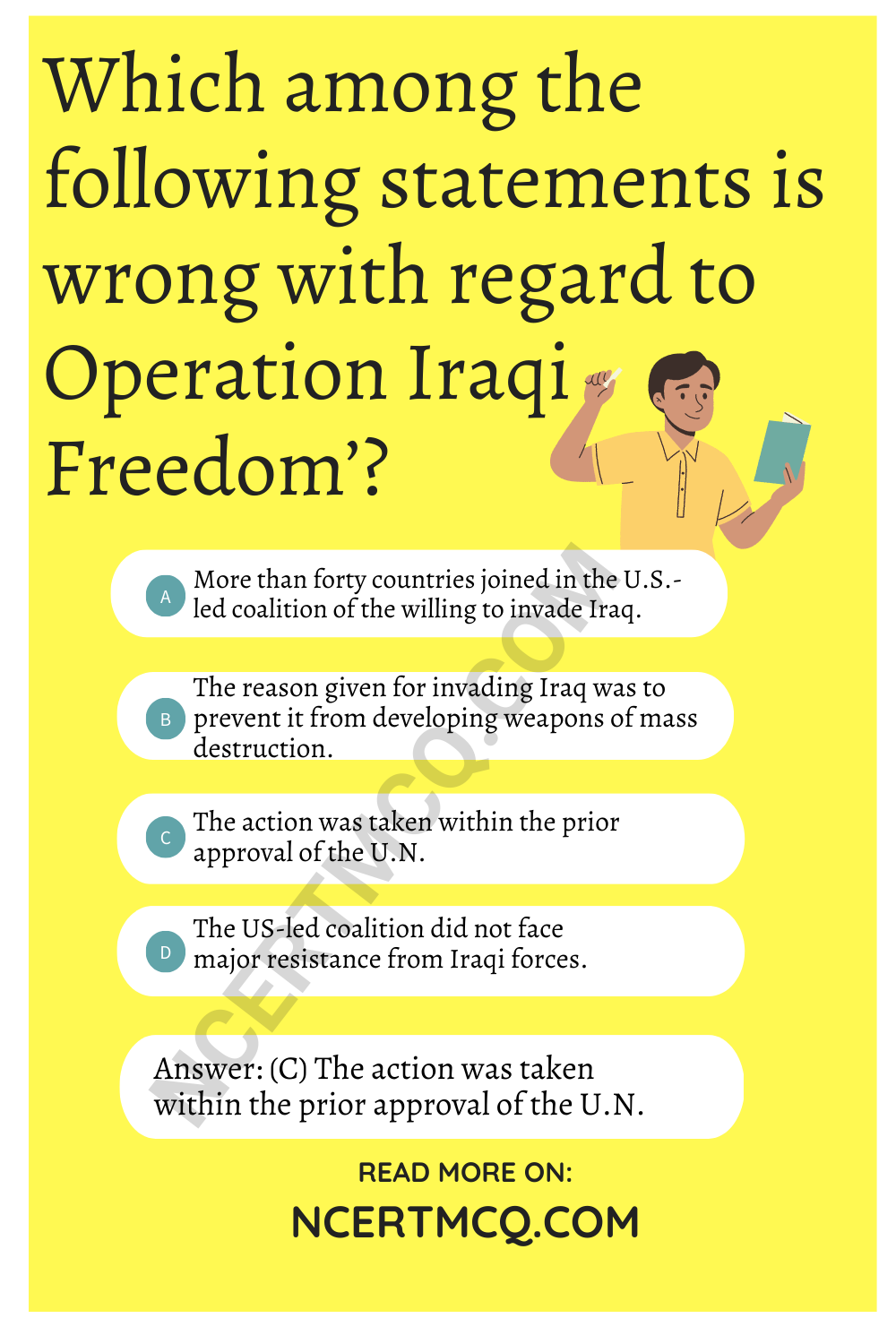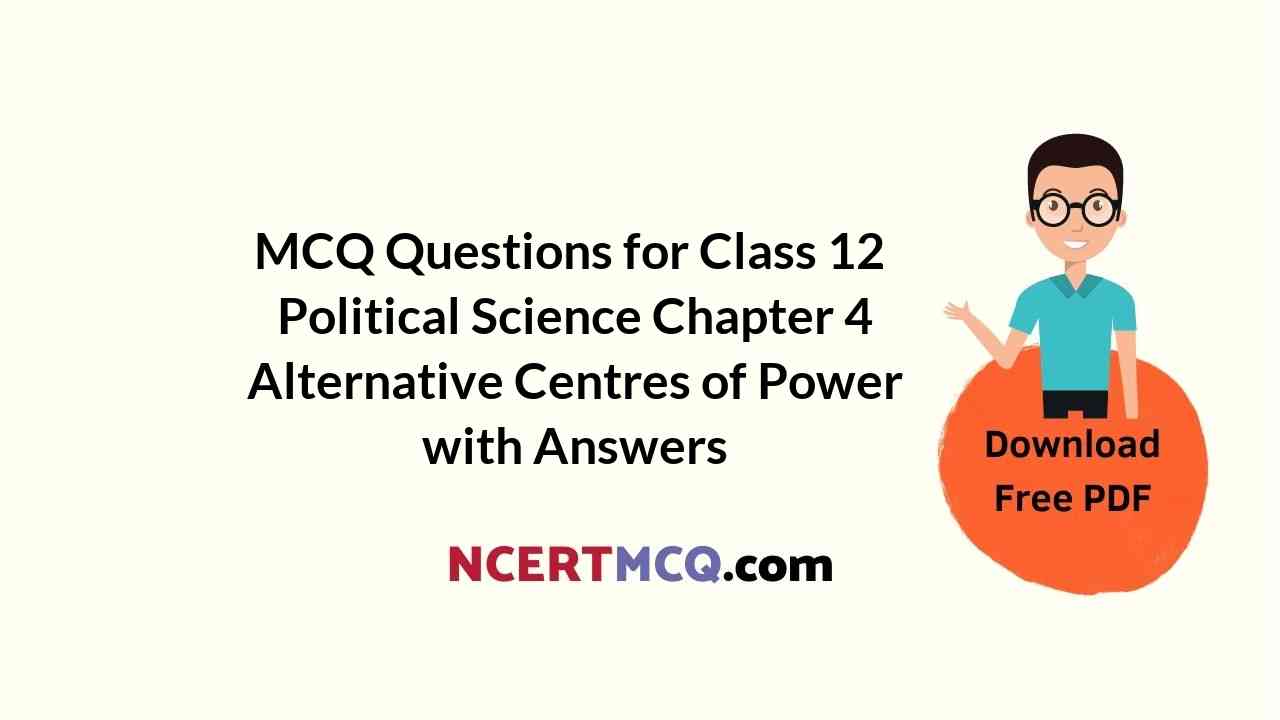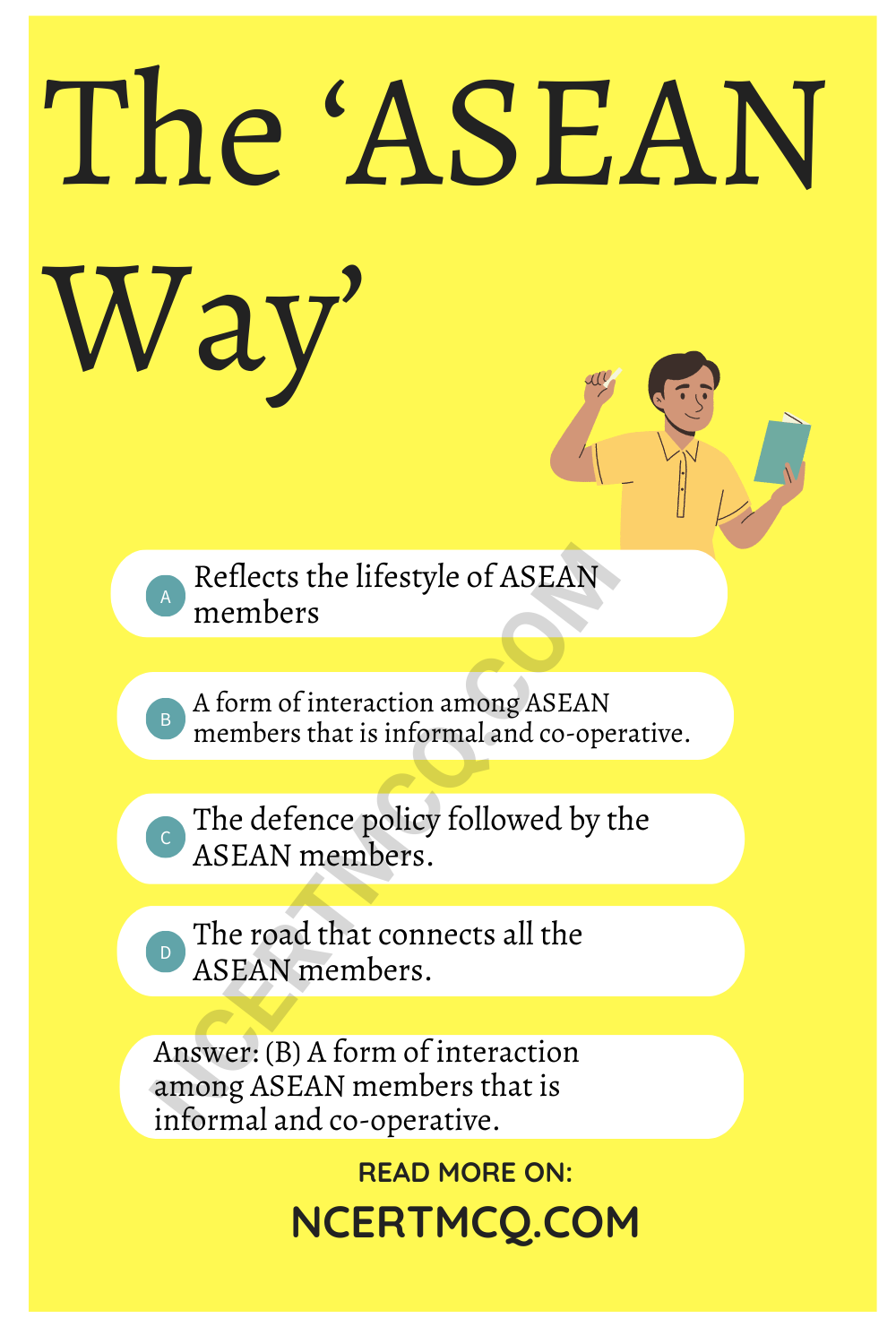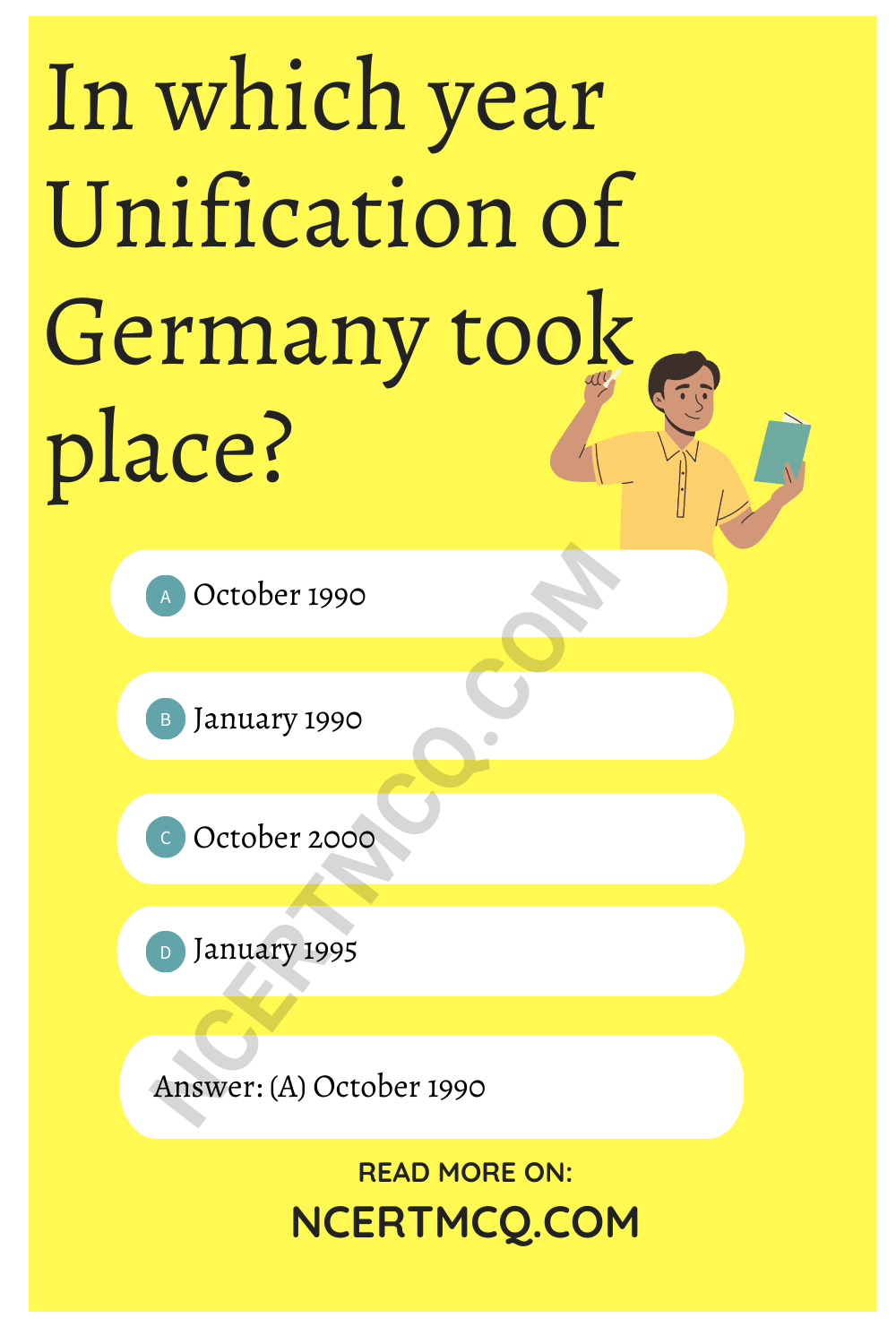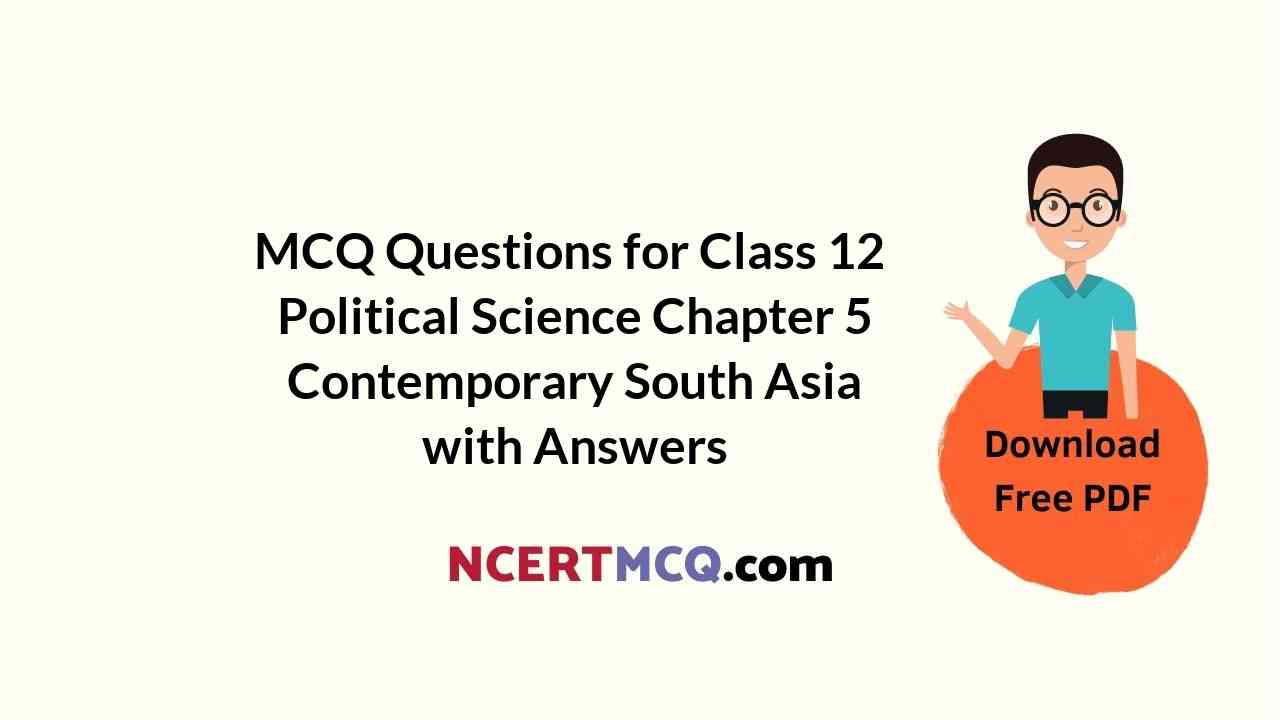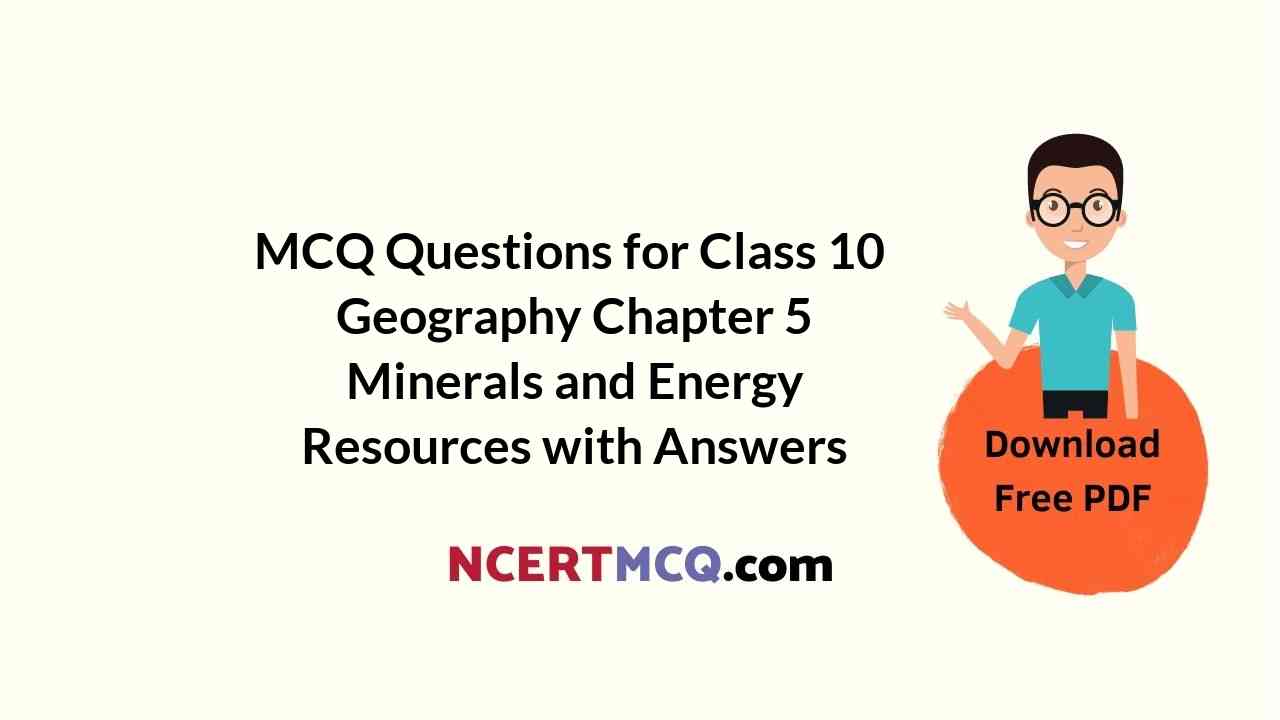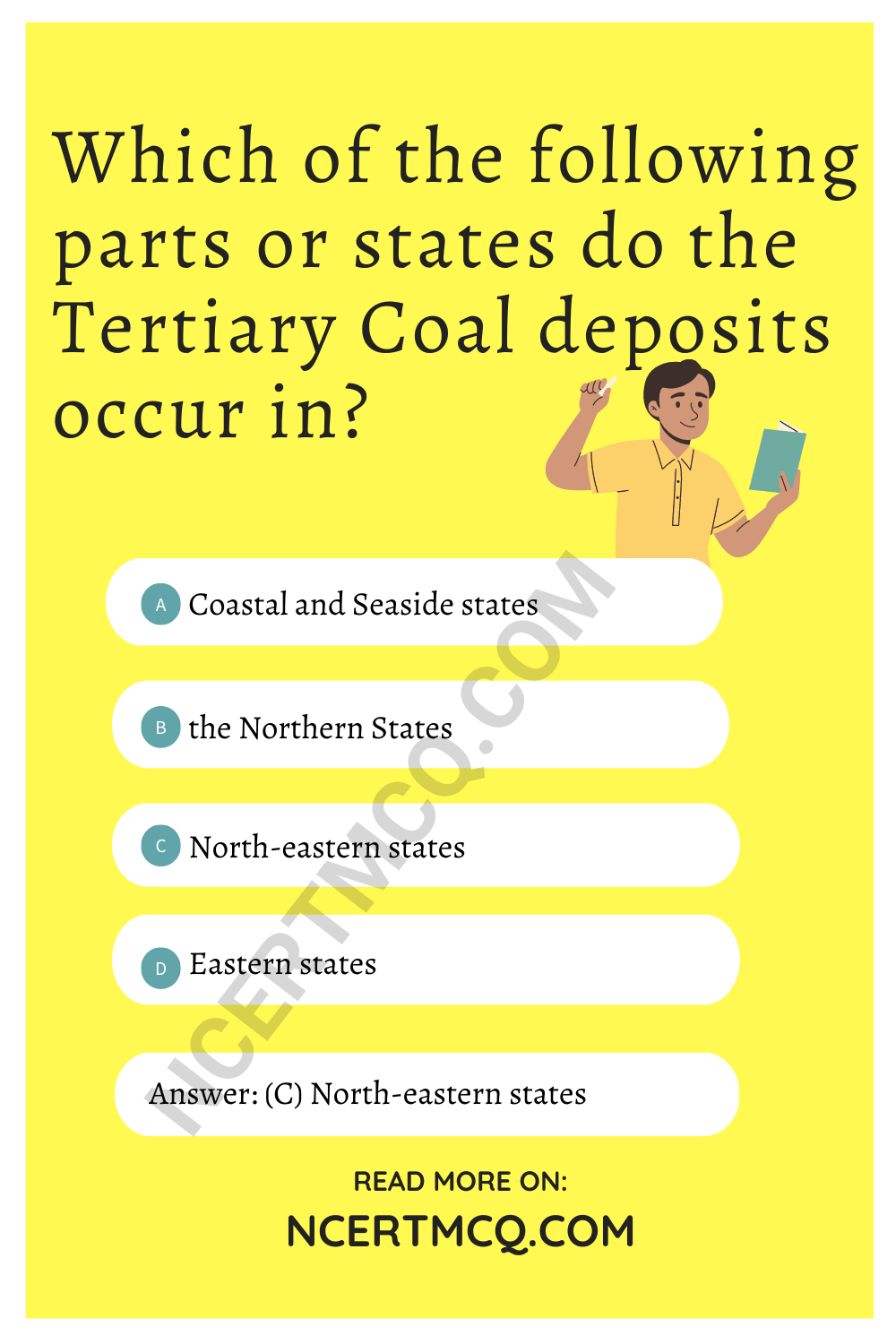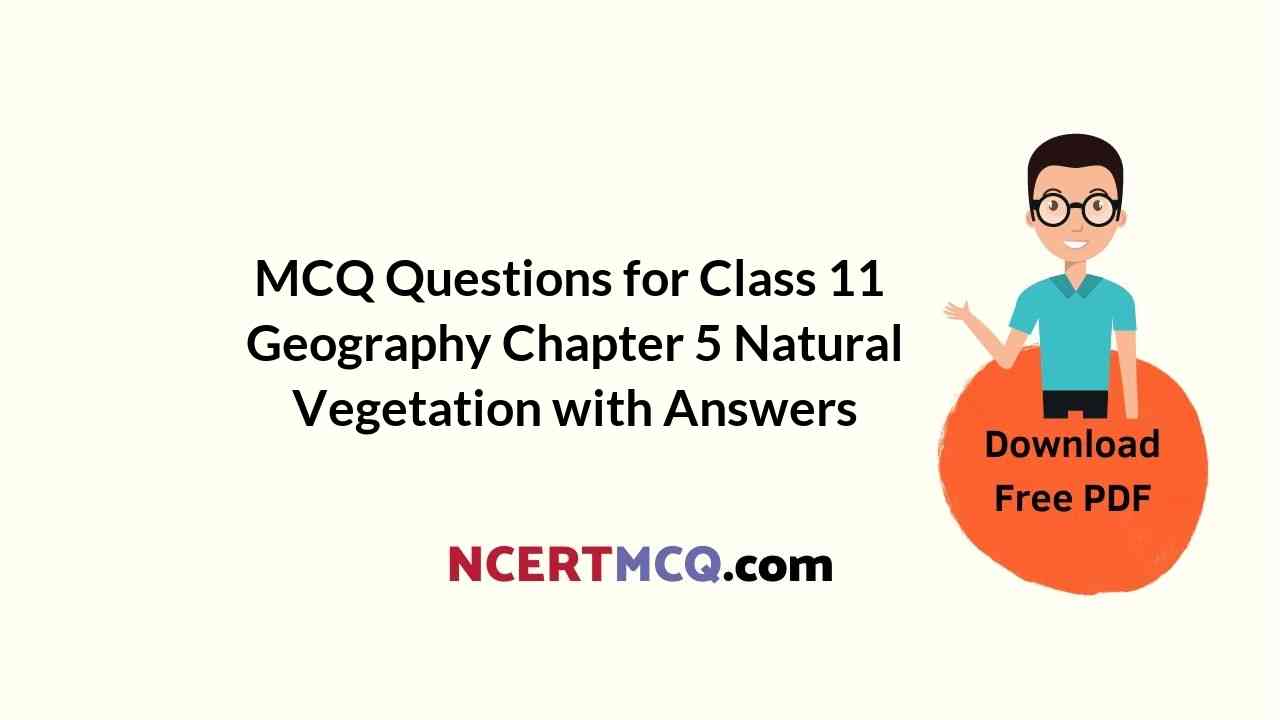Check the below NCERT MCQ Questions for Class 12 Geography Chapter 4 Human Settlements with Answers Pdf free download. MCQ Questions for Class 12 Geography with Answers were prepared based on the latest exam pattern. We have provided Human Settlements Class 12 Geography MCQs Questions with Answers to help students understand the concept very well.
Class 12 Geography Chapter 4 Human Settlements MCQ With Answers
Geography Class 12 Chapter 4 MCQs On Human Settlements
Human Settlement Class 12 MCQ With Answers Question 1.
Which types of settlements are found in alluvial plains?
(A) Clustered
(B) Semi-clustered
(C) Hamleted
(D) Dispersed
Answer
Answer: (A) Clustered
Human Settlement Class 12 MCQ Question 2.
In which valley were Harappa and Mohanjodaro towns located?
(A) Ganga
(B) Narmada
(C) Indus
(D) Brahmaputra
Answer
Answer: (C) Indus
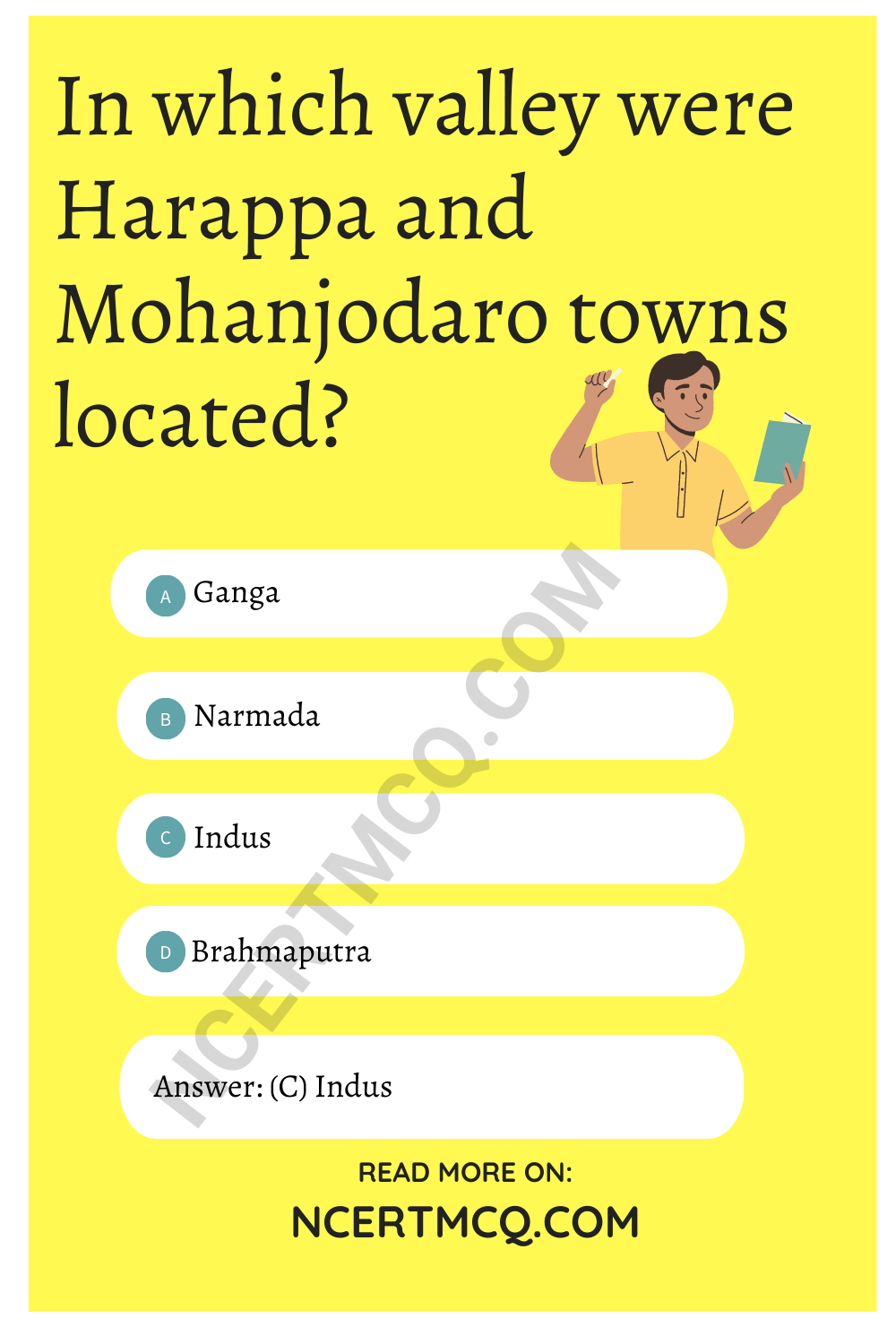
Class 12 Geography Chapter 4 Human Settlement MCQ Question 3.
Which is the most ancient town In India?
(A) Hyderabad
(B) Varanasi
(C) Agra
(D) Chennai
Answer
Answer: (B) Varanasi
Chapter 4 Human Settlement Class 12 MCQ With Answers Question 4.
Which is a medieval town?
(A) Pataliputra
(B) Delhi
(C) Mumbai
(D) Chandigarh
Answer
Answer: (B) Delhi
Human Settlement Class 12 MCQ Questions Question 5.
Which is an administrative town?
(A) Varanasi
(B) Surat
(C) Gandhinagar
(D) Rohtak
Answer
Answer: (C) Gandhinagar
Human Settlement Class 12 MCQ Chapter 4 Question 6.
How much percent is the urban population in India?
(A) 18
(B) 20
(C) 25
(D) 31
Answer
Answer: (D) 31
MCQ Of Human Settlement Class 12 Question 7.
How many times the urban population has increased during the 20th century?
(A) 5
(B) 7
(C) 11
(D) 15
Answer
Answer: (C) 11
Ch 4 Human Settlement Class 12 MCQ Question 8.
How much is the population of a megacity?
(A) 1 Lakh
(B) 5 Lakh
(C) 10 Lakh
(D) 50 Lakh
Answer
Answer: (D) 50 Lakh
Human Settlements MCQ Class 12 Question 9.
The number of towns in India is:
(A) 4161
(B) 5161
(C) 6161
(D) 7161
Answer
Answer: (B) 5161
Class 12 Human Settlement MCQ Question 10.
How many million towns are there in India (as in 2014)?
(A) 25
(B) 30
(C) 55
(D) 40
Answer
Answer: (C) 55
MCQ Questions For Class 12 Geography Chapter 4 Human Settlements Question 11.
Which one of the following towns is not situated along the bank of a river?
(A) Agra
(B) Bhopal
(C) Patna
(D) Kolkata
Answer
Answer: (B) Bhopal
Human Settlements MCQ Questions Question 12.
Which one of the following is NOT part of the definition of a town as per the census of India?
(A) Population density of 400 persons per sq km.
(B) Presence of municipality, corporation, etc.
(C) More than 75% of the population engaged in the primary sector
(D) Population size of more than 5,000 persons
Answer
Answer: (C) More than 75% of the population engaged in the primary sector
Class 12 Geography Human Settlement MCQ Question 13.
In which one of the following environments does one expect the presence of dispersed rural settlements?
(A) Alluvial plains of Ganga
(B) Arid and semi-arid regions of Rajasthan
(C) Lower valleys of Himalays
(D) Forests and hills in north-east
Answer
Answer: (A) Alluvial plains of Ganga.
Class 12 Geography Chapter 4 Human Settlement MCQ Questions Question 14.
Which one of the following groups of cities has been arranged in the sequence of their ranks i.e. 1, 2, 3, and 4 in size?
(A) Greater Mumbai, Bengaluru, Kolkata, Chennai
(B) Delhi, Greater Mumbai, Chennai, Kolkata.
(C) Kolkata, Greater Mumbai, Chennai, Kolkata.
(D) Greater Mumbai, Kolkata, Delhi, Chennai.
Answer
Answer: (D) Greater Mumbai, Kolkata, Delhi, Chennai

We hope the given NCERT MCQ Questions for Class 12 Geography Chapter 4 Human Settlements with Answers Pdf free download will help you. If you have any queries regarding CBSE Class 12 Geography Human Settlements MCQs Multiple Choice Questions with Answers, drop a comment below and we will get back to you soon.
Class 12 Geography With Answers MCQ:
- Population: Distribution, Density, Growth and Composition Class 12 MCQ
- Migration: Types, Causes and Consequences Class 12 MCQ
- Human Development Class 12 MCQ
- Human Settlements Class 12 MCQ
- Land Resources and Agriculture Class 12 MCQ
- Water Resources Class 12 MCQ
- Mineral and Energy Resources Class 12 MCQ
- Manufacturing Industries Class 12 MCQ
- Planning and Sustainable Development in Indian Context Class 12 MCQ
- Transport and Communication Class 12 MCQ
- International Trade Class 12 MCQ
- Geographical Perspective on Selected Issues and Problems Class 12 MCQ
